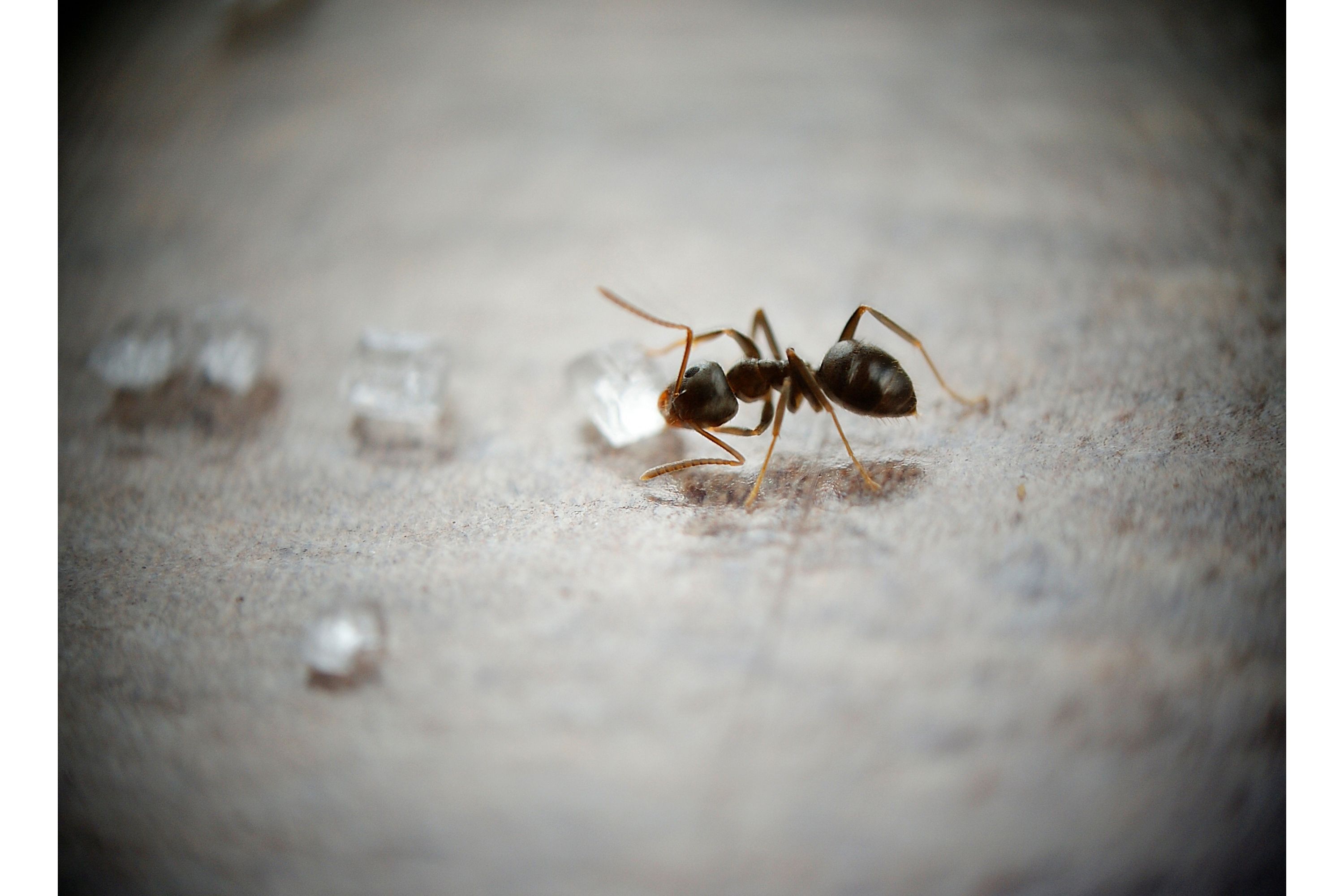Sugar ant
(Tapinoma sessile)

Description
Tapinoma sessile is a species of small ant that goes by the common names odorous house ant, sugar ant, stink ant, and coconut ant. Their colonies are polydomous (consist of multiple nests) and polygynous (contain multiple reproducing queens). Like many social insects, T. sessile employs complex foraging strategies, allocates food depending on environmental conditions, and engages in competition with other insects. T. sessile can be found in a huge diversity of habitats, including within houses. They forage mainly for honeydew, which is produced by aphids and scale insects that are guarded and tended by the ants, as well as floral nectar and other sugary foods. They are common household pests and are attracted to sources of water and sweets. As with most other ants, T. sessile is eusocial. This is characterized by reproductive division of labor, cooperative care of the young, and overlapping generations.T. sessile is a small ant that ranges in color from brown to black, and varies in length from 1⁄16 to 1⁄8 inches (1.5–3.2 mm). When crushed, these ants leave a smell which leads to their nickname "stink ant". The gaster portion of the abdomen sits directly on top of the petiole in the abdomen of this species, which helps distinguish them from other small, dark, invasive ants. A comparison of the side view of T. sessile and a diagram of the a typical ant body (below) shows how T. sessile’s gaster sits atop its petiole. This leads to a very small petiole and to the gaster being pointed downward. The anal pore then opens ventrally (toward the abdomen) instead of distally. Their antennae have 12 segments.
Taxonomic tree:







